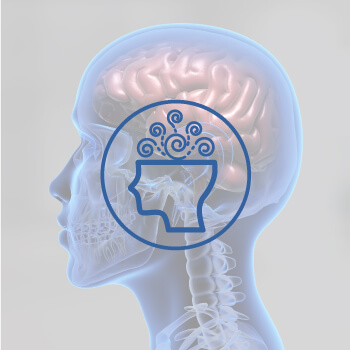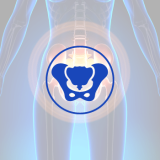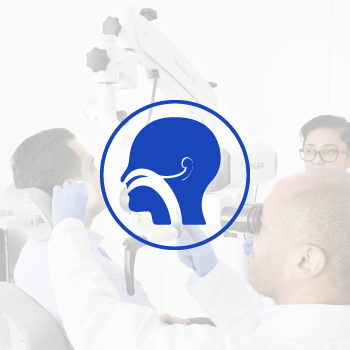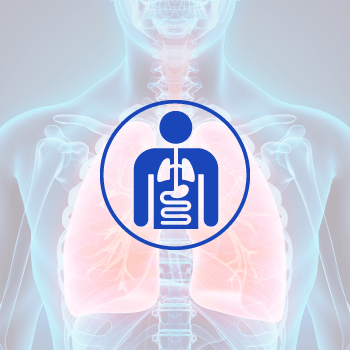HARLEY STREET DENTAL CENTER
At Harley Street Dental Center, we provide surgical treatment for all dental conditions. Our comprehensive and focused approach to our patient along with the state-of-the-art-facilities ensures that each of our patients gets the best possible outcome. To know about our services, click on the below tabs:
SERVICES:
- General Dentistry
- Dental Implants
- Cosmetic Dentistry
- Orthodontics
- Prosthodontics
- Root canal Treatment
- Dentistry for Children
- Oral & Maxillofacial Surgery
General dentistry involves the prevention, diagnosis and treatment of a wide variety of conditions, disorders and diseases affecting the teeth, gums and jaws.
General dentistry covers a wide range of procedures
Complete dental examination and diagnosis: Oral examination is a complete visual inspection of the oral cavity, with any necessary X-rays complete exam will be done under magnification to know the condition of teeth, gums and underlying bone.
General dentistry restorative procedures
Dental Fillings: Dental fillings are used to repair damage to the structure of teeth. Damage can be caused as a result of tooth decay, dental injuries or trauma. The tooth is restored with several filling materials. These include amalgam, dental cements, composite and gold. These fillings restore the function, integrity and morphology of missing tooth structure.
Dental Crowns: Crown is a tooth shaped cap that is placed over the tooth surface, to improve its appearance. Dental crown can repair extensively decayed or damaged teeth. Dental crowns may be of gold metals, silver metals, porcelain or combination of porcelain and metal. The damage to the teeth should be repaired by using crowns. Crowns restore the size of shortened teeth, patient’s bite, to eliminate sensitivity and to improve the aesthetics of the teeth.
Composite Bonding: Here plastic material or resin material which matches the color of the tooth is applied. It is then bonded with tooth using a special kind of light. This comes in different shades, toughness and translucencies that can match the teeth. It is then used to fill cavities, eliminate spots, chips or discolorations.
Dental Bridges (Fixed Bridge): A fixed bridge is an appliance made of porcelain to replace missing teeth in the most natural way. It is used to replace one or more missing teeth, thereby bridging the space between the teeth .Fixed bridges are cemented into place next to the surrounding teeth on either side of the space. Fixed bridges cannot be taken out of the mouth by the patient.
Dentures: Are prosthetic devices constructed to replace missing teeth .These are supported by surrounding soft and hard tissues of the oral cavity. They are usually made from an acrylic base, which is fitted with porcelain artificial teeth. Dentures can be complete or partial. Complete dentures cover entire upper and lower jaw. Partial dentures replace one or few teeth.
Root Canal Treatment: Root canal is the space within the root of the tooth. If the pulp layer of the tooth is infected than root canal treatment is needed. Here decayed pulp is removed and the space is filled with a paste, and the tooth is covered with crown. Root canal treatment is needed when the blood supply or nerve supply of the tooth is infected through decay or injury. It is done to prevent the formation of abscess and eventual spreading of the infection to the surrounding tissues.
Gum Disease Treatment: A thorough dental cleaning by a professional dental hygienist with ultrasonic scaling instruments. Follow a regular oral hygiene routine. Use of an antiseptic mouthwash to rinse the mouth. Severe cases may need to undergo gum surgery.
Dental implants are artificial tooth roots usually made of titanium, used to replace the root of the natural tooth. Bridges can be used when a single tooth is lost. For those who have lost more than one tooth, removable partial dentures can be given. In cases where there is a complete absence of teeth, complete dentures with or without implants can be given.
The advantages of dental implants include:
- Improved facial appearance
- Improved speech
- Easier eating
- Improved self-esteem
- Improved oral health
- Long lasting
- Convenient
- Comfortable
- Procedure
Dental implants are surgically placed in your jawbone. The procedure is performed under general or local anesthesia. Your oral surgeon or implantologist then exposes the bone by making incision. The implant is placed inside the jawbone; the incision is then stitched back. The titanium in the implants fuses with your jawbone. It requires a healing period of about 3 to 10 weeks. The crown is then placed over the implant.
A beautiful smile has a real impact on confidence, self-esteem and social success.
Almost any dental problem related with your smile can now be treated with cosmetic dentistry.
What is cosmetic dentistry?
Cosmetic dentistry can be any type of dental procedure which enhances the patient’s teeth and their smile, thus improving a person’s overall appearance and self-confidence.
Cosmetic dentistry offers many treatment options for people who want to improve their teeth and smile.
What procedures are done in cosmetic dentistry?
Some cosmetic procedures that are commonly done to patients are as follows:
Procedures for enhancing the appearance of teeth
Dental Veneers: In this treatment, a thin wafer like material which is tooth colored, known as porcelain veneer or porcelain laminate, is designed to cover the front portion of the teeth. These are used to correct and repair chips and cracks or severe tooth discoloration.
Dental Crowns: Crown is a tooth shaped cap that is placed over the tooth surface to improve its appearance. Crowns may be metal, porcelain or ceramic.
Teeth Whitening: This is the most commonly recommended cosmetic dental procedure to improve the appearance of teeth. This procedure is done in cases of stains from smoking, food, drink and poor oral hygiene. Bleaching is done by bleaching strips, bleaching pen, bleaching gel, laser bleaching and natural bleaching.
Procedures for replacing the missing teeth
Missing teeth can cause the face to collapse making you look older, so it is necessary for the replacement of missing teeth. If the space is left unfilled, this space can cause the surrounding teeth to drift out of position and can cause teeth and gums to become more susceptible to tooth decay and gum disease that can cause further tooth loss.
Dental Implants: These are artificial tooth root replacements to compensate for tooth loss. Dental Implants are natural looking replacements for missing teeth that also provide the same function as your natural tooth root.
Fixed Bridge: A fixed bridge is an appliance made of porcelain to replace missing teeth in the most natural way. It is used to replace one or more missing teeth, thereby bridging the space between the teeth. Fixed bridges are cemented into place next to the surrounding teeth on either side of the space. Fixed bridges cannot be taken out of the mouth by the patient.
Dentures: These are prosthetic devices constructed to replace missing teeth. They are supported by surrounding soft and hard tissues of the oral cavity. They are usually made from an acrylic base which is fitted with porcelain artificial teeth. Dentures can be complete or partial. Complete dentures cover the entire upper and lower jaw. Partial dentures replace one or a few teeth.
Procedures for restoring function and aesthetics
Crooked Teeth: Misalignment of teeth is one of the most widespread dental problems. Malocclusion is misalignment of teeth in the upper jaw with the teeth of the lower jaw. It is usually caused by problems with the shape or size of the jaw or teeth. Many people may have some degree of malocclusion. Malocclusion is treated by orthodontic treatment using appliances, tooth removal or surgery. Orthodontics or braces can improve the appearance of teeth in children and adults who have crooked teeth or teeth with wide gaps. Braces are appliances that correct dental irregularities and are commonly used in the treatment of malocclusion. These apply constant gentle force to slowly change the position of teeth, straighten them and properly align them with the opposing teeth.
Composite Bonding: Plastic material or resin material which matches the color of the tooth is applied. It is then bonded with the tooth using a special kind of light. The material comes in different shades, toughness and translucencies that can match the teeth. It is then used to fill cavities, eliminate spots, chips or discolorations.
Gum Lifts: Gum lift or gingivectomy involves removing part of the gums to make the teeth appear longer and the gum line even. This procedure is done in people who have excess gum covering the front teeth and an upper lip which comes up high when they smile.
The Dental Association recommends that children get an orthodontic evaluation no later than age 7. Though orthodontic treatment can be done at any age, timely treatment ensures maximum dental health.
Orthodontics is a branch of dentistry specializing in the diagnosis, prevention, and treatment of jaw, face and bite irregularities (malocclusions*). Orthodontic treatment is provided by an oral health care provider known as an Orthodontist, who has typically completed two to three years of additional training beyond dental school.
With all of the recent advancements in orthodontics, wearing braces has never been easier. State-of-the-art appliances and treatments are now available, from traditional metal braces, to clear and tooth colored brackets, to NASA type wires that are heat activated and require fewer adjustments! Some patients may even be candidates for treatment with Invisalign, a revolutionary way to straighten teeth using clear, retainer type aligners that require no braces or wires!
If treatment is necessary, we will thoroughly discuss which treatment option is best suited for you!
Whether it is traditional braces or custom made removable appliances, orthodontics can help you have the healthy, straight, beautiful smile you’ve been waiting for!
Give us a call today and schedule your orthodontic consultation!
*Malocclusion is the technical term for teeth that don’t fit together correctly. Malocclusions not only affect the teeth, but also the appearance of the face. Most malocclusions are inherited; however some are due to acquired habits such as thumb sucking and tongue thrusting. The spacing left from an adult tooth being extracted or an early loss of a baby tooth can also contribute to a malocclusion.
- Malocclusion
- Pre-Teen
- Braces for Adults
- Braces for Children
- Orthodontic Treatment (Braces)
- Care Following Orthodontics(Retainers)
- Orthodontic Dictionary
- Invisalign
Prosthodontics is the dental specialty that involves the diagnosis, treatment, rehabilitation, and maintenance of the functioning, esthetics and health of biocompatible substitutes in patients with missing or deficient teeth.
Root canal therapy is needed when the nerve of a tooth is affected by decay or infection. In order to save the tooth, the pulp (the living tissue inside the tooth), nerves, bacteria, and any decay are removed and the resulting space is filled with special, medicated, dental materials, which restore the tooth to its full function.
Having a root canal done on a tooth is the treatment of choice to save a tooth that otherwise would die and have to be removed. Many patients believe that removing a tooth that has problems is the solution, but what is not realized is that extracting (pulling) a tooth will ultimately be more costly and cause significant problems for adjacent teeth.
Root canal treatment is highly successful and usually lasts a lifetime, although on occasion, a tooth will have to be retreated due to new infections.
Signs and symptoms for possible root canal therapy:
- An abscess (or pimple) on the gums.
- Sensitivity to hot and cold.
- Severe toothache pain.
- Sometimes no symptoms are present.
- Swelling and/or tenderness.
Reasons for root canal therapy:
- Decay has reached the tooth pulp (the living tissue inside the tooth).
- Infection or abscess have developed inside the tooth or at the root tip.
- Injury or trauma to the tooth.
What does root canal therapy involve?
A root canal procedure requires one or more appointments and can be performed by a dentist or endodontist (a root canal specialist).
While the tooth is numb, a rubber dam (a sheet of rubber) will be placed around the tooth to keep it dry and free of saliva. An access opening is made on top of the tooth and a series of root canal files are placed into the opening, one at a time, removing the pulp, nerve tissue, and bacteria. If tooth decay is present, it will also be removed with special dental instruments.
Once the tooth is thoroughly cleaned, it will be sealed with either a permanent filling or, if additional appointments are needed, a temporary filling will be placed.
At the next appointment, usually a week later, the roots and the inside cavity of the tooth will be filled and sealed with special dental materials. A filling will be placed to cover the opening on top of the tooth. In addition, all teeth that have root canal treatment should have a crown (cap) placed. This will protect the tooth and prevent it from breaking, and restore it to its full function.
After treatment, your tooth may still be sensitive, but this will subside as the inflammation diminishes and the tooth has healed.
You will be given care instructions after each appointment. Good oral hygiene practices and regular dental visits will aid in the life of your root canal treatment.
Pedodontics is the branch of dentistry which specializes in the prevention, diagnoses and treatment of dental conditions in children from infancy to adolescence.
- Children’s Teeth
- Pre-Teen
- Braces for Children
- Full Mouth Rehabilitation
Oral and maxillofacial surgeons are unique among dental specialists in a number of ways. After completing four years of dental school, they go on to spend another four years in a hospital-based residency program for surgery. There, they are trained alongside other medical residents in the techniques of emergency medicine, general surgery and anesthesiology. In fact, they are the only health care specialists (aside from anesthesiologists) who can administer all levels of sedation, up to general anesthesia.
Oral and maxillofacial surgeons focus on treating problems related to the hard and soft tissues of the face, mouth, and jaws (the upper jaw is referred to as the maxilla). While they sometimes work in a hospital, their practices are more often located in comfortable office settings. You may be referred to one of these specialists by your general dentist for a complex tooth extraction. Or, your orthodontist may send you for an examination if he or she suspects a problem with the alignment of your jaws.
It isn’t necessary to have an oral and maxillofacial surgeon perform every type of oral surgery; many dentists are expert at the more common procedures, such as simple extractions. However, for complex treatments that may require more invasive procedures or deeper levels of sedation, these specialists may be recommended. What kinds of procedures are they well-suited to perform? Let’s look at a few.
Procedures Performed by Oral Surgeons
Tooth extractions are possibly the most common procedure that oral surgeons perform. Patients are often referred to these specialists when wisdom teeth are impacted-that is, forming in a position where they can’t erupt or grow into the bite properly. Minor surgery is usually required to remove impacted wisdom teeth and is generally recommended even if the impacted teeth aren’t (yet) producing any symptoms. Fortunately, this procedure is routine, and it is often done in the dental office using the techniques of sedation dentistry.
Corrective Jaw (Orthognathic) Surgery is sometimes needed when orthodontics is not enough to correct a misaligned bite. In other cases, surgical treatment is necessary to repair congenital abnormalities (birth defects), or to treat severe orthodontic conditions, skeletal problems, and other disorders. In this procedure, usually performed under general anesthesia, the bones of the face and jaw may be reshaped and repositioned, and the jaws and teeth realigned. Oral surgeons often work closely with orthodontists in planning and carrying out this type of surgery, which may be needed when orthodontics alone can’t correct the problem.
Cleft lip /palate surgery is a special type of surgery often performed by oral and maxillofacial surgeons to correct the changes in facial structure caused by this birth defect.
Reconstructive surgery may be necessary after a traumatic dental injury or facial trauma, which can result from an auto accident, a workplace injury, and many other causes. This surgery is also sometimes needed following the removal of a tumor or another operation. Oral and maxillofacial surgeons specialize in repairing and reconstructing facial structures and are adept at working with both hard and soft tissues.
These specialists can also set a solid foundation for cosmetic and restorative dental work, including the placement of dental implants, the system of tooth replacement preferred by many patients. Depending on the condition of the jaw, bone grafting procedures may be required for proper placement of the implants in the jaw. When dentures are the chosen tooth replacement method, oral surgeons can smooth and reshape the alveolar (jaw) bone as needed, to ensure a comfortable fit in the mouth.
In addition to these common procedures, oral and maxillofacial surgeons may be called on to consult with cases of obstructive sleep apnea, facial pain and infection, biopsies and removal of lesions, and diagnosis and treatment of some oral cancers. The extensive clinical experience these specialists bring to their patients can provide help when it’s needed most.

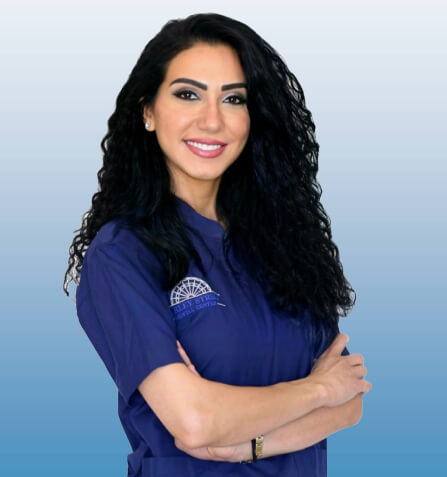
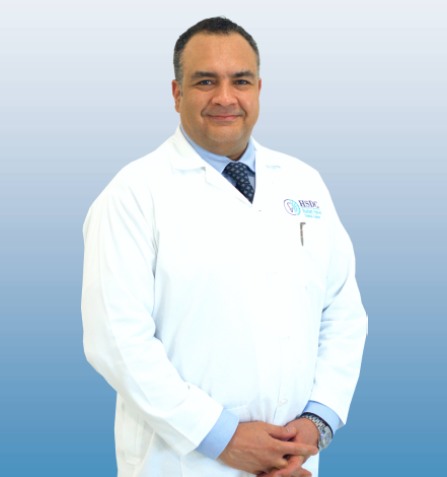
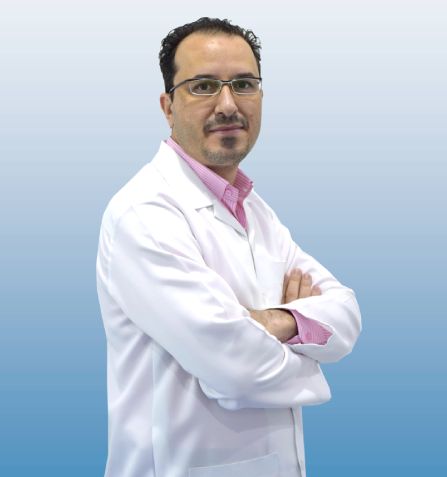
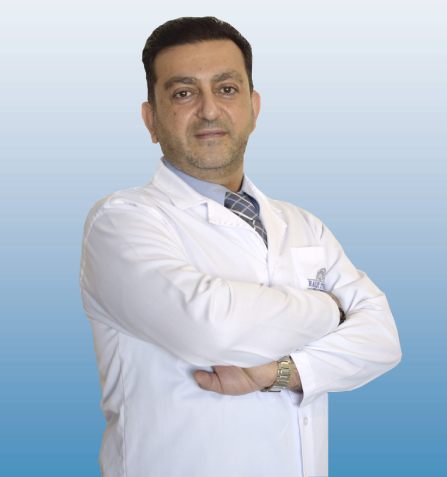
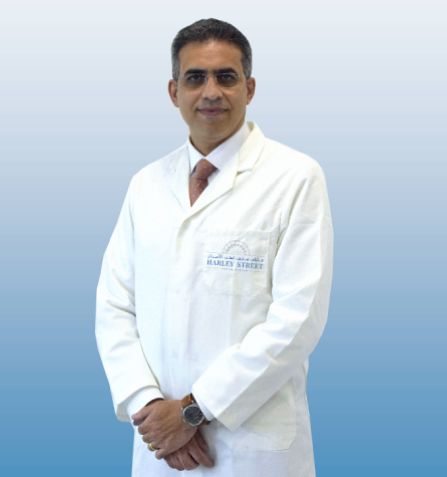
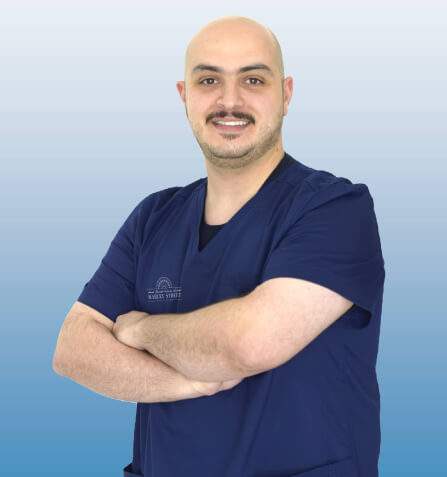
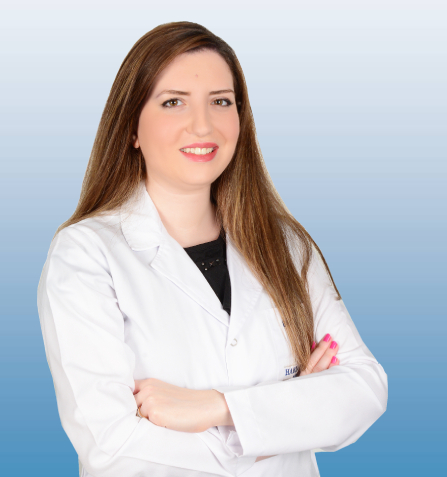
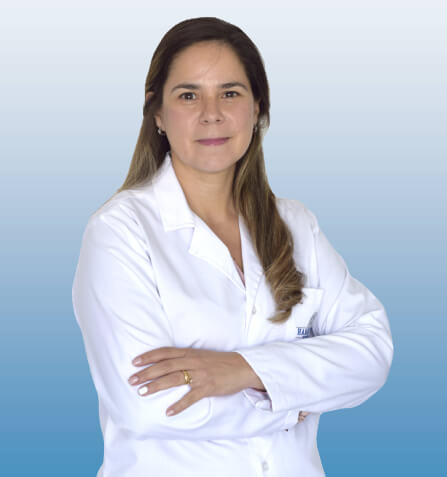
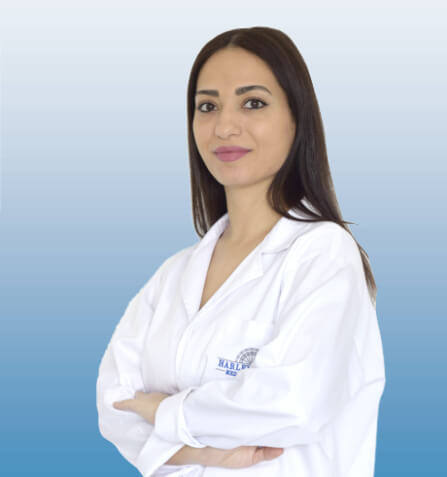


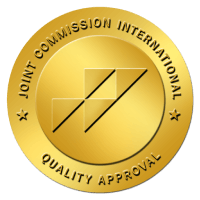
 أنقر هنا
أنقر هنا أنقر هنا
أنقر هنا
